Technology, Health Care, High-end Push Define Spring 2024 Eyewear at Mido
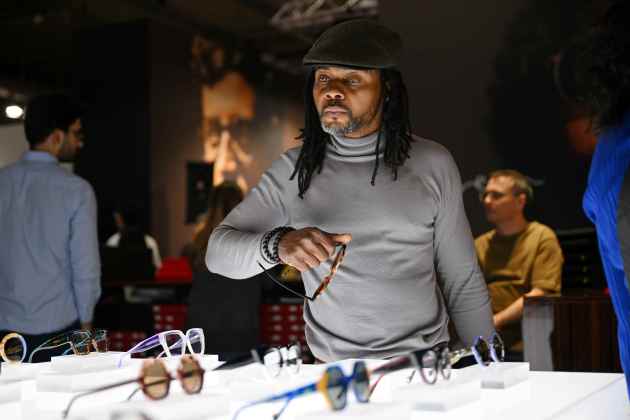
MILAN – The mood was particularly upbeat at the three-day eyewear trade show Mido, which closed here on Feb. 5.
Executives billed the edition as one of the strongest in recent memory.
More from WWD
EXCLUSIVE: Danielle Guizio Designs Feminine Glasses for Quay
Tag Heuer Celebrates Relaunched Eyewear Collection With Milan Event
“We are very satisfied with the attendance and feedback we received,” said Safilo’s chief executive officer Angelo Trocchia. “It was probably 10 years since we last saw so many visitors,” echoed Maurizio Dessolis, executive vice chairman of De Rigo.
The fair drew 40,000 visitors from 160 countries, an 11 percent uptick compared to the 2023 edition. The 1,200 exhibitors unveiled their spring 2024 collections. Acetate and chunky frames are still ruling the market, and athleisure and performance-leaning styles define men’s eyewear, oftentimes marked by high-tech and pricey materials such as titanium.
Macroeconomic headwinds, a hassle for the fashion industry at large, didn’t seem to have as much of an impact on eyewear players. Revenues of the Italian sector amounted to 5.52 billion euros in 2023, according to preliminary figures shared by industry association Anfao, up 8.4 percent versus a year earlier, while exports grew 7.6 percent to 5.26 billion euros.
“Despite a category slowdown in some of our larger markets, we were able to reach another year of record sales in 2023… We are expecting a similar trend in 2024,” said Thomas Burkhardt, Marchon’s president, declining to provide exact figures but highlighting the strength of the U.S. company’s business in Asia and Europe.
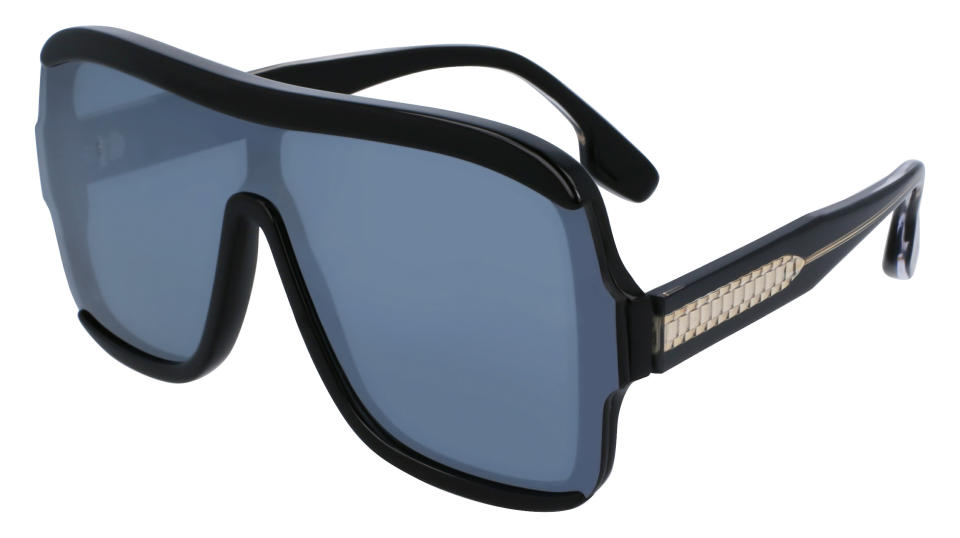
The U.S. overall slowdown in eyewear sales — down 4.8 percent last year compared to 2022 — didn’t dent confidence, with most companies citing brisk business in markets such as Asia, which has shown progress in the category, and a steady performance in Europe.
Asia was a boon for Marcolin, too, with CEO Fabrizio Curci singling out the company’s prepwork in the region over the past three years leading to a “maximization of market forces,” he said. In the first nine months of 2023, revenues in Asia soared 86 percent to 29.2 million euros. They offset the softening of sales in the U.S., which the executive billed as “nondisruptive.”
“The Asian giant has reawakened in 2023 after prolonged and severe lockdowns,” echoed De Rigo’s Dessolis, touting the company’s higher end push with brands including Chopard and Porsche Design, pivotal to tap into the luxury-loving Asian consumers.
“We kicked off a journey of strong growth in conjunction with preoccupations hitting the market as inflation was rising in 2022,” Dessolis said. “Despite that, we experienced growth month after month, even in tandem with periods when bad [geopolitical] news hit the media,” he said. In 2023, sales stood at 506 million euros, an 11.8 percent increase versus a year earlier.
Amid volatility, De Rigo managed to implement its strategic moves, including the launch of Gap and Tumi eyewear in the U.S., as well as the integration of the Rodenstock Eyewear team.
A relatively new player to the eyewear business, the Switzerland-based Akoni, part of the Alsara Investment Group and established in 2020, is aiming to nab a larger bite of the Asian market, still underdeveloped and currently representing 25 percent of revenues, its CEO and cofounder Rosario Toscano said. For example, the company inked deals with Isetan and Hankyu Department Store to open pop-up stores for its namesake proprietary brand, which flanks licensed eyewear collections for Valentino and Balmain.
Its presence in the region involves distributing partners in South Korea, Singapore and Malaysia, while it directly handles distribution in Thailand, Japan, Hong Kong and Taiwan. It is now looking at options in China to better serve opticians that have shown interest in the Akoni brand.
As the market becomes increasingly polarized with top eyewear players scooping up deals to grow their scope, size and reach, streamlining internal operations for efficiency and cost savings in order to leave room for investments is a top priority, especially against the backdrop of rising inflation and the cost of raw materials and logistics.
“Savings that were made in prior years do now come handy so that we can ensure continued value in our offers. Innovation is the other area that helps us to offset supply chain cost increases, particularly the digitalization of our design and product development process as well as the structure of our collections,” Marchon’s Burkhardt explained. “While doing so, we still have room for investments, particularly in the area of sustainability, which has become of increasing importance,” he added.
“The contingent situation is certainly driving logistics costs upward, which we believe could have a temporary impact in the first half of the year,” said Safilo’s Trocchia.
As part of its ongoing fine-tuning strategy, the Longarone, Italy-based company has channeled investments into proprietary brands Carrera, Polaroid, Blenders and Smith. The latter has seen exceptional growth in the direct-to-consumer channel particularly in the second half of last year, tapping into the ongoing athleisure and performance-leaning glasses markets — a strong trend in men’s eyewear overall.
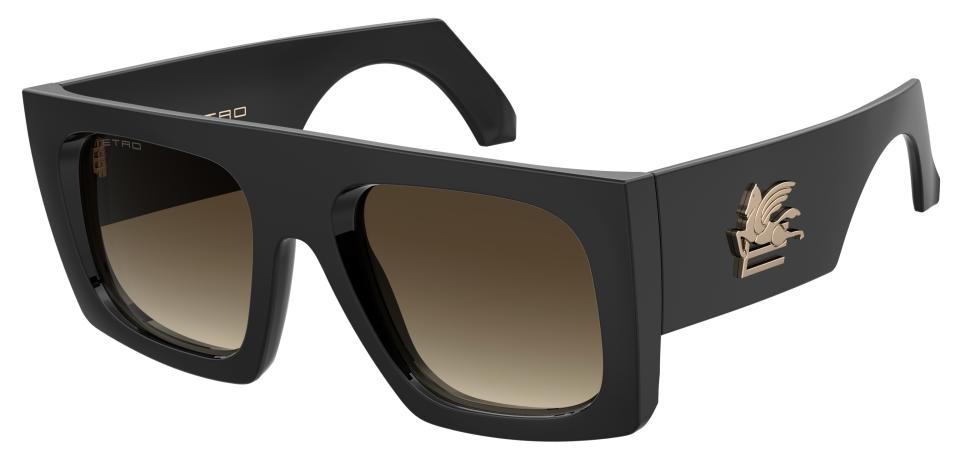
“We are kicking off 2024 with a further strengthened portfolio of home brands, which last year amounted to 44 percent of sales and a license portfolio… enjoying a never-before-seen visibility,” Trocchia explained. The executive mentioned early renewals for its Boss, Tommy Hilfiger and Kate Spade licenses, pointing to a trend that has seen eyewear players globally strengthening their deals to consolidate portfolios.
In the couple of months leading up to Mido, Marcolin announced early renewals with some of its key licensed brands, including GCDS, Zegna and Pucci. It also inked a new licensing deal with Christian Louboutin, as reported.
“Investing properly on brands requires time… for example if a brand is strong in a certain category, that does not necessarily mean it will be in eyewear, too. You have to work on interpreting the soul of that brand… because customers drawn to that brand do recognize if that soul is there. It’s mutual interest to allow the right timeframe to effectively implement [a strategy],” said Marcolin’s Curci.
The company was among players to boost its house brand division, too, signaled by the acquisition of German-based brand Ic! Berlin last November.
“Having pure eyewear house brands [in one’s portfolio] is part of fundamentals, because it allows you to move and experiment more freely and it ensures operational continuity,” Curci said. He characterized the acquisition of the brand as geared at internalizing know-how the company lacked, namely the manufacturing of screw- and hinge-less metal plate eyewear, but it also speaks volumes about Marcolin’s ambitions in Asia, where the brand has a strong following.
Asked about the outlook for 2024, executives remained cautious.
“January is not a particularly significant month for the eyewear industry and against the backdrop of geopolitical uncertainty it’s still hard to understand where consumption is headed,” said Safilo’s Trocchia. He noted that the resilience Europe demonstrated last year is expected to stretch into 2024, while renewed hope is on North America’s spending to recover.
“The [business] pattern is like sine waves, I don’t expect any difference compared to 2024,” said Marcolin’s Curci. “We will probably experience structural growth for the increased consumption of eyewear devices, but the numerous tensions require agility,” he added, noting that safeguarding profitability is key to allow investments.
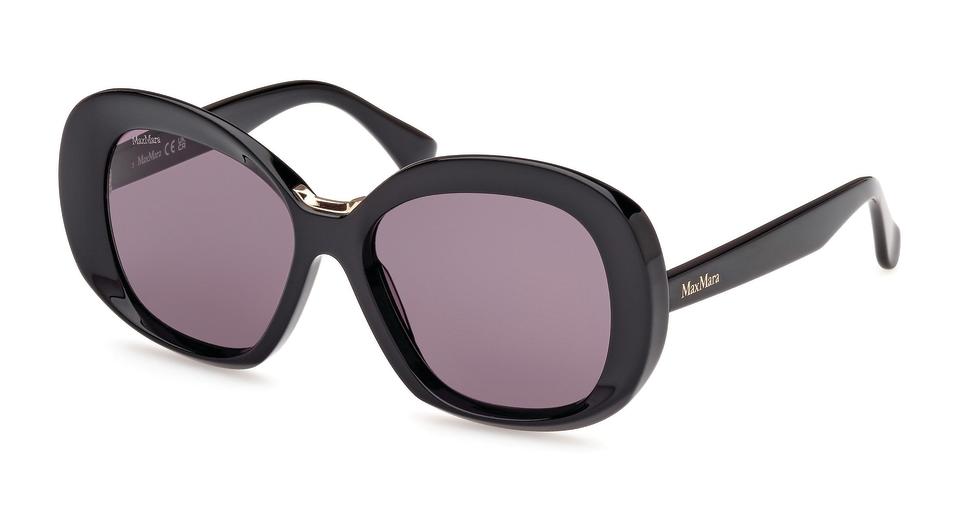
Rumors have resurfaced about leading private equity firm PAI Partners looking to exit Marcolin after 11 years, but Curci squelched the speculation.
De Rigo’s Dessolis was also fairly confident on the year ahead, saying that markets traditionally relevant for the company, including Latin America and Turkey, showed brilliant performances last year that are expected to continue in 2024.
At Akoni, where 2023 showed a 30 percent jump in sales, there is space for further growth tapping into new geographies, such as the Middle East, and furthering the footprint in established ones, including the U.S. and Europe, both currently making up 35 percent each of annual sales, CEO Toscano said.
Acknowledging the challenges ahead for the year, Toscano said that Akoni “is a young and agile company, able to pivot as the market shifts and evolves.”
A stronger focus on fine-tuning portfolios was key among players at the fair, with Safilo’s Trocchia highlighting the company’s recent moves to strike a business and product balance between sunglasses and optical frames and Marcolin’s Curci singling out the “multidimensionally” balanced portfolio across geographies and positionings.
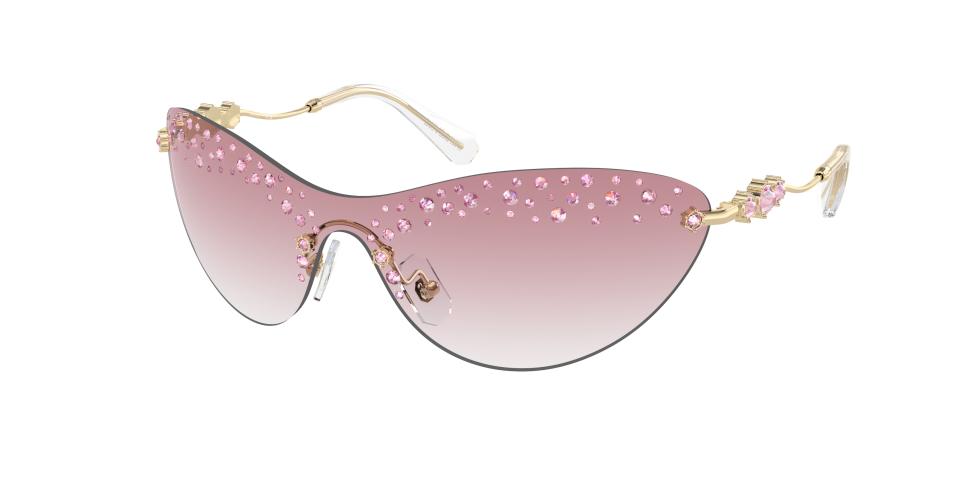
Although the contemporary market makes up the largest portion of the sector’s sales, eyewear players are making higher-end pushes to further their positioning and margins.
At De Rigo, Dessolis touted the company’s strengthened footprint in the premium and luxury segments after the acquisition in 2022 of Rodenstock Eyewear, the eyewear division of the Munich-based eye care sector and a lens manufacturing player. As part of the deal, De Rigo inherited the license for sunglasses and prescription frames for Porsche Design, which flanks licensing deals with Roberto Cavalli, Chopard and Philipp Plein, among others.
“The high-end accessories business is positively performing and we are seeing it markedly from a newbie’s perspective,” Dessolis explained. In 2023, revenues generated in the luxury and premium segments soared 85 percent for the company versus a year earlier. The executive also highlighted that those brands have a non-regional appeal as opposed to contemporary, more local labels in the portfolio.
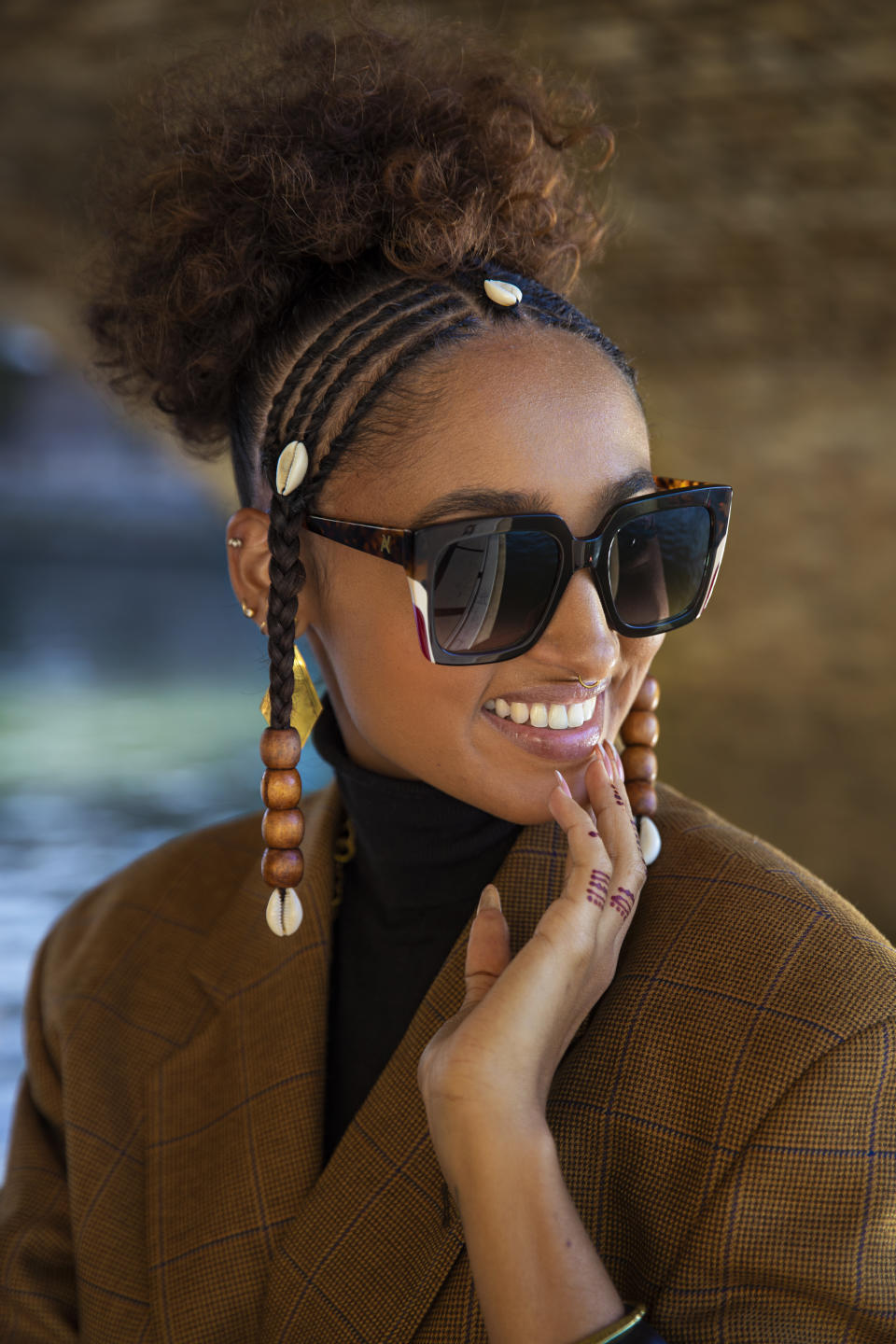
Akoni’s Toscano said quality is paramount in the current landscape. “Poorly manufactured eyewear has a harder time [on the market]. Consumers are buying items as assets rather than as liabilities,” he offered.
To this end, new-gen technology is being deployed across the board in eyewear to enhance design, quality, sustainability and services.
In early February, Safilo acquired a minority stake in Spaarkly, a start-up company it had been partnering with since late 2022. By integrating the ARshade suite of virtual eyewear try-on software, especially across its proprietary Polaroid and Carrera brands, the company tested the potential of AR to better serve its wholesale accounts and final customers.
Safilo has a smart glasses project with Amazon’s Alexa, and Luxottica recently released an update to its Ray Ban Meta frames — with enhanced audio and photographic qualities, livestreaming capability and AI-powered vocal control, the latter limited to the U.S. market. Those technologies may be lifestyle leaning, but product-geared technology is coming out, now, too.
Luxottica unveiled its new Nuance Audio brand, a convergence of eyewear and hearing aid devices. The project was first introduced in early January at CES in Las Vegas.
A little less than two years in the making since the firm established the dedicated Super Audio division in the summer of 2022 and finalized the acquisition six months later of Israeli company Nuance Hearing, Nuance Audio offers eyewear with integrated high-tech hearing technology poised to offer a valid and better-looking alternative to hearing aid devices.
“The EssilorLuxottica vision since a few years ago has been to find the right technology to integrate in our eyewear to overcome the stigma associated with hearing aids, as much as this company and particularly late chairman [Leonardo] Del Vecchio and Mr. [Giorgio] Armani years ago managed to do [with eyewear] turning it into a fashion item,” said Stefano Genco, head of Super Audio and Nuance Audio at EssilorLuxottica.
The executive, an audiology industry veteran, cited a few roadblocks to hearing aid adoption that Nuance Audio eyewear, available in three styles and two colorways, black and burgundy, and barely distinguishable from regular frames, is set to overcome.
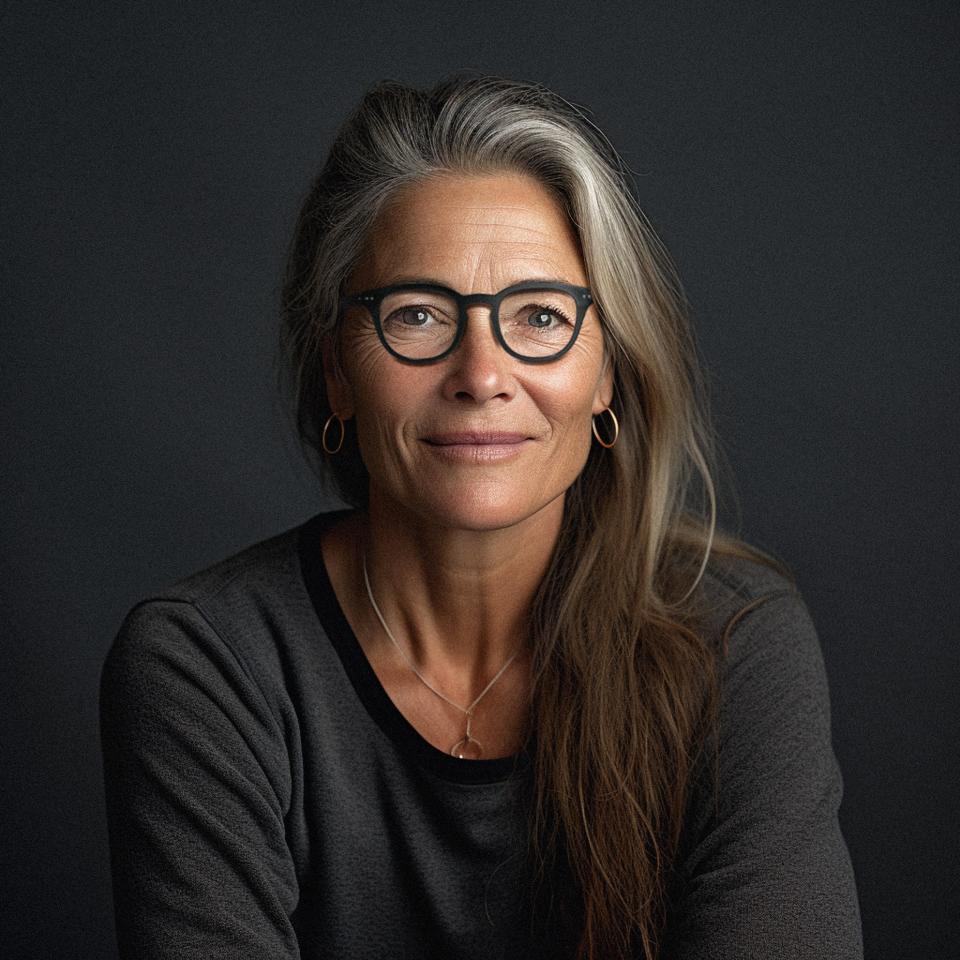
Designed to be invisible with technology integrated throughout the acetate frames, as comfortable as any pair of glasses, and easy to set up (configuration takes less than two minutes), Nuance Audio frames are geared at people in their 50s and 60s suffering from mild to moderate hearing loss — the target customers that can be harder to convince to adopt a regular hearing aid, Genco contended.
“As much as for eye diseases, also hearing conditions, the earlier you intercept them, the better…. Compared to vision where stigma was overcome 50 years ago, turning [eyewear] into a fashion element, the hearing aid industry has yet to make this leap because there is no product to make it acceptable,” Genco said, explaining that the World Health Organization identified 1.2 billion people suffering from mild to moderate hearing diseases globally.
“We decided to create a brand specifically geared at the hearing world, Nuance Audio, and that’s how it starts, with a dedicated line and accessories,” Genco said, but didn’t rule leveraging the technology for other eyewear brands.
Nuance Audio eyewear is set to hit retail first in the U.S. in the fourth quarter of the year and in the the first half of 2025 in Italy and Europe. Banking on an “open network business model,” as Genco put it, the frames will be distributed across EssilorLuxottica retail network, wholesale accounts as well as through audiological industry’s players, a first for the company. Although the executive did not disclose exact pricing, he said they are expected to retail at about one fourth of current prices for hearing aid devices.
Spring eyewear collections continued to highlight the acetate trend with chunky styles still ruling the fair, albeit in more lightweight versions. They came in traditional colors like black and Havana with big, rounded lenses at Emporio Armani, for example, or in oversized squared designs and cat-eyed shapes at Ferragamo. The recently launched Etro collection included mask-like iterations with thick, geometric temples, while Max Mara’s oversized frame with a rounded butterfly front and thick rims stood out for its softer take on boldness. On the opposite end of the spectrum was Balmain’s “Olivier” round design with oversized temples and golden screws and Brazil-based brand Lapima’s offering, which included plenty of chunky iterations in traditional and zingy colors, such as banana yellow on a mask-like design.
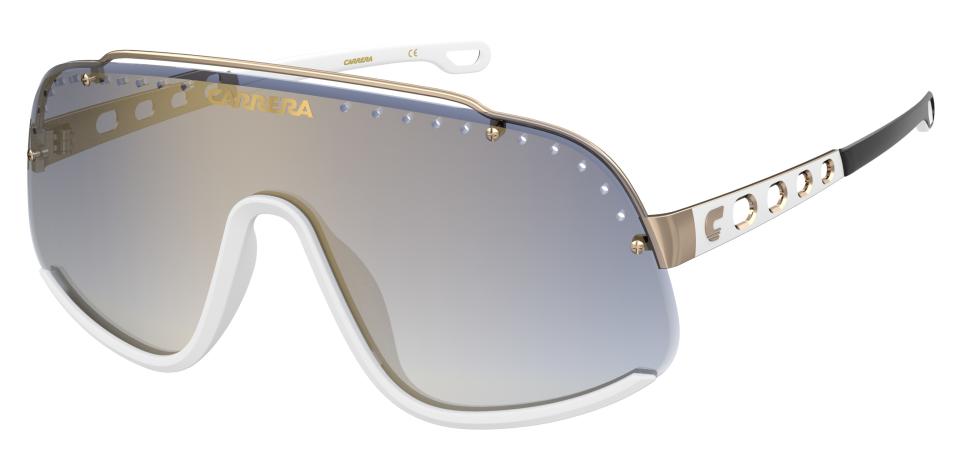
A quest for unbridled self-expression defined some of the most flamboyant sunglasses, including Chopard’s bejeweled aviator style and Swarovski’s rimless 2000s-nodding design with colored lenses dotted in crystals. Yalea introduced a collaboration with the Frida Khalo Foundation, embedding elements of her artistic lexicon in eyewear design, including paint brush-shaped temple tips. At Valentino, ’60s and ’70s archival designs were reissued in the predominantly red collection, with studded temples or thick cat-eyed style.
The activewear trend, as seen in wraparound styles, was in full display at brands such as Carrera and Hugo, Boss’ younger, brother brand, as well as at Victoria Beckham, which reprised her signature oversized rectangular mask. The trend is everywhere now: Carrera introduced a women’s leaning collection, while Roberto Cavalli issued the Ray of Gold capsule collection of masks with lenses bearing the signature “accendino” print.
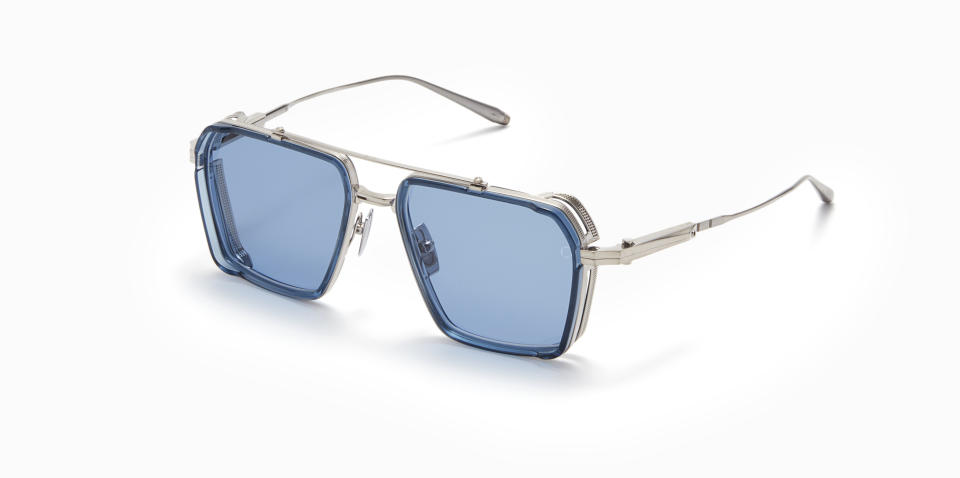
On the men’s front, the use of upscale materials such as titanium and polarized lenses dominated the collections, with Porsche Design and Akoni adding subtle details highlighting craftsmanship, as in the latter brand’s double-bridge aviator style with a metal grid on the temple and the see-through acetate sunglasses revealing the inner titanium core.
Best of WWD

